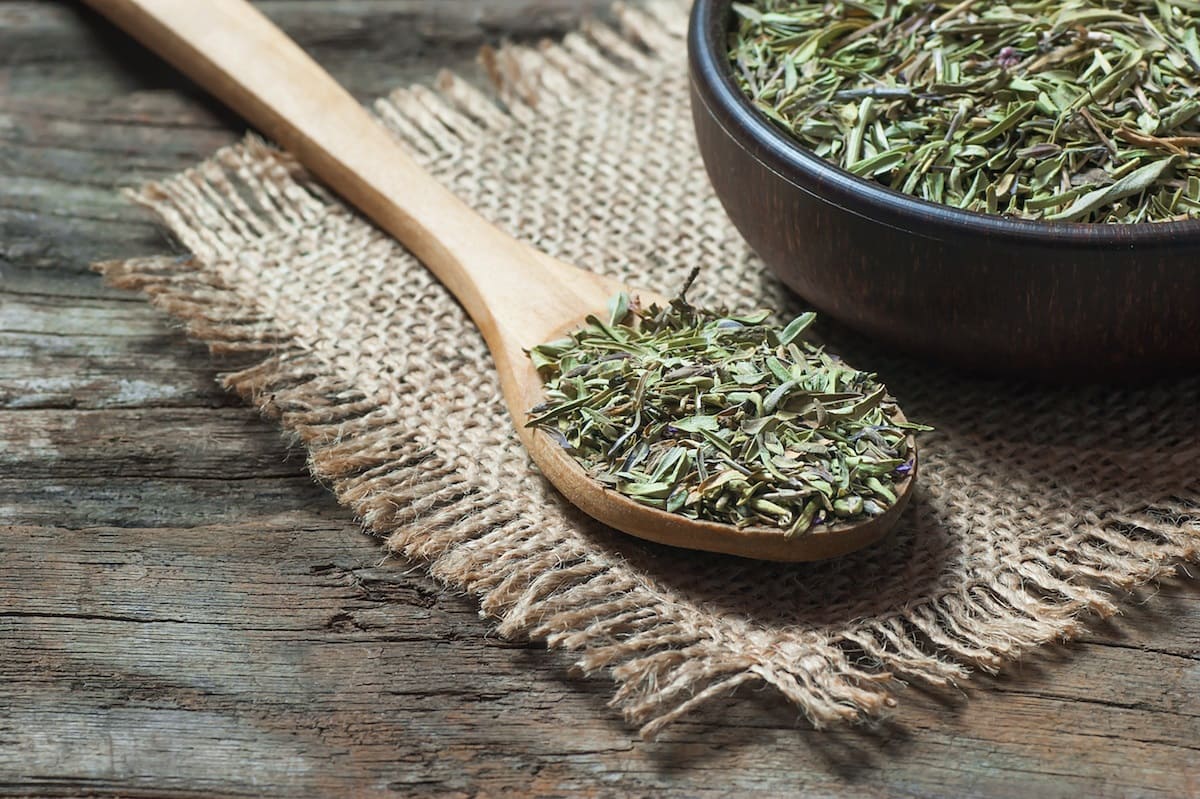

Articles
How To Store Dried Thyme
Modified: December 7, 2023
Discover the best storage methods for dried thyme with our informative articles. Keep your thyme fresh and flavorful for longer periods.
(Many of the links in this article redirect to a specific reviewed product. Your purchase of these products through affiliate links helps to generate commission for Storables.com, at no extra cost. Learn more)
Introduction
Welcome to the wonderful world of dried herbs, where the flavors and aromas of fresh ingredients are captured and preserved for future use. In this article, we will focus on one particular herb – thyme. Known for its versatility and distinct flavor, dried thyme is a staple in many kitchens. However, to truly enjoy its full potential, it is essential to store it properly.
The process of drying thyme involves removing the moisture from its leaves, concentrating the flavor and extending its shelf life. While the drying process is crucial, the way you store the dried thyme is equally important. By taking the necessary steps to store it correctly, you can ensure that your dried thyme retains its aromatic qualities and flavor for an extended period of time.
Join us as we explore the importance of proper storage and discover the best methods to keep your dried thyme fresh. Whether you prefer using glass jars, plastic containers, or sealable bags, we will guide you through each option and provide practical tips to maintain the quality of your dried thyme.
Key Takeaways:
- Proper storage of dried thyme is crucial for preserving its flavor, aroma, and nutritional benefits. Choose the right container, keep it in a cool, dark place, and avoid exposure to light and heat to maintain its quality.
- Regularly check for moisture and humidity, and properly label the stored dried thyme to ensure its freshness and quality. By following these storage tips, you can enjoy the full flavor and aroma of dried thyme in your culinary creations for months to come.
Read more: How Long To Dry Thyme In A Dehydrator
The Importance of Proper Storage
Proper storage is crucial when it comes to maintaining the quality of dried thyme. By taking the time to store it correctly, you can preserve its flavor, aroma, and nutritional value for an extended period of time.
When dried thyme is exposed to factors such as light, heat, moisture, and air, its essential oils begin to deteriorate. This can lead to a loss of flavor and aroma, making the herb less potent and less enjoyable to use in your culinary creations.
In addition to preserving flavor, storing dried thyme properly also helps to maintain its nutritional benefits. Thyme is loaded with antioxidants and other beneficial compounds that can support your immune system and overall health. By storing it correctly, you can ensure that these valuable components remain intact.
To maintain the quality of your dried thyme and make the most out of your culinary endeavors, it is essential to choose the right container and follow specific storage guidelines. Next, we will explore the different types of containers you can use to store dried thyme and the best practices for each one.
Choosing the Right Container
When it comes to storing dried thyme, selecting the right container is key. The container you choose should be airtight, light-resistant, and able to protect the herb from moisture and heat.
One popular option for storing dried thyme is a glass jar. Glass jars provide airtight seals and help to preserve the flavor and aroma of the herb. They are also non-reactive, meaning they won’t transfer any unwanted flavors or chemicals to the dried thyme. Look for jars with rubber gaskets or screw-top lids to ensure a tight seal.
If you prefer a more lightweight and portable option, plastic containers can be a good choice. Opt for containers made from food-grade plastic that are BPA-free and have airtight seals. These containers should be able to withstand fluctuations in temperature without affecting the quality of the dried thyme.
Sealable bags are another option for storing dried thyme. These bags are convenient and offer a good level of protection against moisture and light. Look for bags made from food-grade materials and with resealable features to ensure a secure seal after each use.
When it comes to choosing the right container, it’s important to consider your individual needs and preferences. Ultimately, the goal is to select a container that provides airtight and light-resistant storage to ensure the longevity of your dried thyme.
Now that we’ve explored the different container options, let’s dive into the specific methods of storing dried thyme in each type of container.
Storing Dried Thyme in a Glass Jar
If you choose to store your dried thyme in a glass jar, follow these steps to ensure optimal preservation:
- Clean and dry the jar: Before storing the dried thyme, make sure the glass jar is clean and completely dry. Any moisture can lead to mold or the herb losing its flavor.
- Transfer the dried thyme: Carefully transfer the dried thyme into the glass jar, filling it only about three-quarters full. Leave some space to allow for proper airflow within the jar.
- Seal the jar tightly: Ensure that the jar is tightly sealed to prevent exposure to air, moisture, and light. Consider using jars with rubber gaskets or screw-top lids for a secure seal.
- Label the jar: It’s important to label the jar with the date of storage to easily keep track of its freshness. Additionally, labeling can help you easily identify the herb when you’re in the midst of cooking.
- Store in a cool, dark place: Place the glass jar in a cool and dark area, such as a pantry or cupboard. Avoid storing it near the stove or any other sources of heat that can compromise the quality of the dried thyme.
By following these steps, your dried thyme will remain fresh and retain its potent flavors for an extended period of time. Remember to always use clean hands or a dry spoon when handling the herb to prevent any introduction of moisture or contaminants.
Next, let’s explore the process of storing dried thyme in a plastic container.
Storing Dried Thyme in a Plastic Container
If you prefer using a plastic container to store your dried thyme, follow these steps for optimal storage:
- Select a food-grade plastic container: Choose a plastic container specifically designed for food storage. Look for containers that are BPA-free and made from high-quality, food-grade plastic.
- Clean and dry the container: Before transferring the dried thyme, ensure that the plastic container is thoroughly cleaned and dried to prevent any contamination or moisture.
- Transfer the dried thyme: Gently transfer the dried thyme into the plastic container, ensuring not to crush or break the leaves in the process.
- Seal the container tightly: Close the container securely to create an airtight seal. This will help in preserving the flavor and aroma of the dried thyme.
- Label the container: It is essential to label the plastic container with the date of storage. This will allow you to keep track of the freshness and usage of the dried thyme.
- Store in a cool and dry place: Choose a cool and dry location for storing the plastic container. Avoid placing it near direct sunlight or heat sources, as this can degrade the quality of the dried thyme.
Storing dried thyme in a plastic container provides convenience and portability. Just make sure to choose a container that offers a tight seal to protect the herb from air and moisture.
Now that you know how to store dried thyme in a plastic container, let’s explore another common method – storing it in a sealable bag.
Storing Dried Thyme in a Sealable Bag
Using a sealable bag is a convenient and cost-effective method for storing dried thyme. Here’s how to do it:
- Choose a food-grade sealable bag: Select a sealable bag made from food-grade materials, such as polyethylene or polypropylene. These bags are safe for storing dried herbs and provide a barrier against moisture and air.
- Clean and dry the bag: Before using the sealable bag, ensure that it is clean and completely dry. Remove any dust or debris that may have accumulated.
- Transfer the dried thyme: Carefully transfer the dried thyme into the sealable bag. You can use a small funnel or a spoon to make the process easier and avoid any spills.
- Press out excess air: Before sealing the bag, gently press out any excess air to minimize the presence of oxygen. This will help to maintain the flavor and quality of the dried thyme.
- Seal the bag securely: Close the sealable bag tightly to create an airtight seal. Ensure that there are no gaps or openings that could allow air or moisture to enter.
- Label the bag: It’s essential to label the bag with the date of storage. This will help you keep track of its freshness and easily identify the dried thyme when needed.
- Store in a cool and dry place: Find a cool, dark spot to store the sealed bag of dried thyme. Avoid exposing it to direct sunlight or heat sources, as this can degrade the flavor and potency.
Storing dried thyme in a sealable bag is an excellent option if you prefer a quick and simple storage method. Just ensure that the bag is properly sealed and stored in an appropriate environment.
Now that you know how to store dried thyme in different containers such as a glass jar, plastic container, or sealable bag, let’s discuss some essential tips to maintain the quality of the herb.
Store dried thyme in an airtight container in a cool, dark place, away from direct sunlight and heat. This will help preserve its flavor and aroma for a longer period of time.
Keeping Dried Thyme in a Cool and Dry Place
One of the key factors in preserving the quality of dried thyme is ensuring that it is stored in a cool and dry place. Here’s why it’s important and how to achieve it:
Temperature: Dried thyme should be stored in an environment with a consistent temperature. Ideally, the temperature should be below 70°F (21°C). Avoid storing it in areas that experience extreme temperature fluctuations, such as near a stove, oven, or refrigerator.
Humidity: High humidity can cause dried thyme to clump and lose its potency. It is essential to store it in a place with low humidity levels. Avoid storing dried thyme in areas like the bathroom or near the dishwasher or sink. Instead, choose a dry location like a pantry or cupboard.
Air circulation: Proper air circulation is important to prevent condensation and mold growth. Make sure the storage area has adequate ventilation and avoid tightly packed storage containers that restrict airflow.
Avoid sunlight: Exposure to direct sunlight can cause the herb to lose its color and flavor. Store dried thyme in a dark place or use opaque containers to protect it from light. If using a glass jar, place it in a dark cupboard or drawer.
Avoid moisture: Moisture is the enemy of dried thyme. Moisture can lead to mold growth and spoil the herb. Ensure that the storage area is dry and not prone to leaks or water damage. Additionally, avoid storing dried thyme near the sink or any other sources of moisture.
By keeping dried thyme in a cool and dry place, you can maintain its color, flavor, and aroma for an extended period. This will ensure that you are able to enjoy the full potential of the herb in your culinary creations.
Next, let’s discuss the importance of avoiding exposure to light and heat when storing dried thyme.
Avoiding Exposure to Light and Heat
When it comes to storing dried thyme, it is crucial to protect it from exposure to light and heat. Here’s why it’s important and how you can avoid these elements:
Light: Light, especially direct sunlight, can cause the herb to deteriorate and lose its flavor, aroma, and color. UV rays in sunlight can break down the essential oils and other compounds present in dried thyme. To avoid this, store your dried thyme in opaque containers or in dark areas of your pantry or cupboard. Keep it away from windows or any other sources of direct light.
Heat: Heat can accelerate the degradation process of dried thyme. Excessive heat can cause the volatile oils in the herb to evaporate, leading to a loss of flavor and aroma. Avoid storing dried thyme near the stove, oven, or any heat-generating appliances. The ideal temperature range for storing dried thyme is below 70°F (21°C).
By protecting dried thyme from exposure to light and heat, you can maintain its quality and ensure that it remains flavorful and aromatic for an extended period. This will result in more satisfying culinary experiences and better-tasting dishes.
Next, let’s discuss how to check for moisture and humidity to ensure the preservation of dried thyme.
Checking for Moisture and Humidity
Moisture and humidity are the enemies of properly stored dried thyme. Excess moisture can lead to mold and spoilage, while high humidity can cause the herb to become clumpy and lose its flavor. Here’s how you can check for moisture and humidity and take necessary precautions:
Visual inspection: Visually inspect your stored dried thyme regularly. Look for any signs of moisture, such as condensation on the container or the herb itself. If you notice any moist spots or clumping, it indicates a moisture issue that needs to be addressed.
Sensory evaluation: Open the container and evaluate the smell and appearance of the dried thyme. If you notice any off odors or discoloration, it could be an indication of moisture or mold. In such cases, it’s best to discard the dried thyme to prevent any contamination.
Humidity meter: Investing in a simple humidity meter, also known as a hygrometer, can help you monitor the humidity levels in your storage area. Place the meter in close proximity to the dried thyme to get an accurate reading. Low humidity is preferable, ideally below 60% to prevent clumping and spoilage.
Desiccant packets: If you live in an area with high humidity, consider using desiccant packets to absorb excess moisture in your storage container. Desiccant packets, available in stores or online, are small pouches that contain moisture-absorbing materials like silica gel. Place one or two packets in the container to help maintain a dry environment.
Repacking: If you’ve identified moisture or humidity issues, it may be necessary to repack your dried thyme. Transfer it to a new, clean, and dry container, ensuring that the container is airtight and suitable for preserving the herb.
Regularly checking for moisture and humidity and taking appropriate measures will help you safeguard the quality of your dried thyme and prevent any spoilage or loss of flavor.
Lastly, let’s discuss the importance of proper labeling when storing dried thyme.
Read more: How To Dry Out Thyme Leaves
Proper Labeling of Stored Dried Thyme
Proper labeling of stored dried thyme is essential for easy identification, freshness tracking, and maintaining organization in your kitchen. Here are some key considerations when it comes to labeling:
- Date of storage: Label the container or bag with the date you stored the dried thyme. This will help you keep track of its freshness and determine when it is time to replenish your stock.
- Type of thyme: If you have multiple varieties of dried thyme, make sure to specify the type on the label. This is especially helpful if you enjoy experimenting with different thyme varieties in your cooking.
- Source of thyme: If you have harvested or purchased the dried thyme from a specific source, it can be useful to mention it on the label. This information can come in handy if you want to repurchase or compare the quality of different batches.
- Additional details: Consider adding any additional details that may be relevant to your storage or usage preferences. For example, if you prefer to use a particular brand or have specific instructions for preparation, note them on the label.
In addition to labeling the containers, it’s also helpful to keep an inventory or list of all your dried herbs. This will allow you to easily track what you have and avoid unnecessary duplication.
Proper labeling will save you time and effort when searching for specific herbs in your pantry or cupboard. It provides clarity and ensures that you utilize your dried thyme at its peak freshness.
Now that we’ve covered the importance of labeling, let’s wrap up with a brief summary of the key points discussed in this article.
Conclusion
Proper storage of dried thyme is essential for preserving its flavor, aroma, and nutritional benefits. By choosing the right container, such as a glass jar, plastic container, or sealable bag, you can protect the herb from air, moisture, and light. Additionally, keeping dried thyme in a cool and dry place, away from heat sources and excessive humidity, is crucial for maintaining its quality.
Avoiding exposure to light and heat helps to prevent the loss of essential oils and maintain the herb’s vibrant color. Regularly checking for moisture and humidity, as well as taking corrective actions when necessary, ensures that dried thyme stays dry and free from spoilage.
Properly labeling the stored dried thyme with the date of storage, type, and any other relevant details helps in maintaining organization and tracking freshness. It allows you to easily identify the herb and helps in planning your culinary endeavors more efficiently.
With these storage tips in mind, you can now confidently store your dried thyme and enjoy its full flavor and aroma in your culinary creations for months to come. So, whether you’re adding a pinch to a savory sauce or infusing it into a comforting soup, your properly stored dried thyme is sure to elevate your dishes to new heights of flavor.
Remember, proper storage is the key to preserving the quality of dried thyme. Store it right, and you’ll always have a flavorful and aromatic herb at your disposal.
Frequently Asked Questions about How To Store Dried Thyme
Was this page helpful?
At Storables.com, we guarantee accurate and reliable information. Our content, validated by Expert Board Contributors, is crafted following stringent Editorial Policies. We're committed to providing you with well-researched, expert-backed insights for all your informational needs.
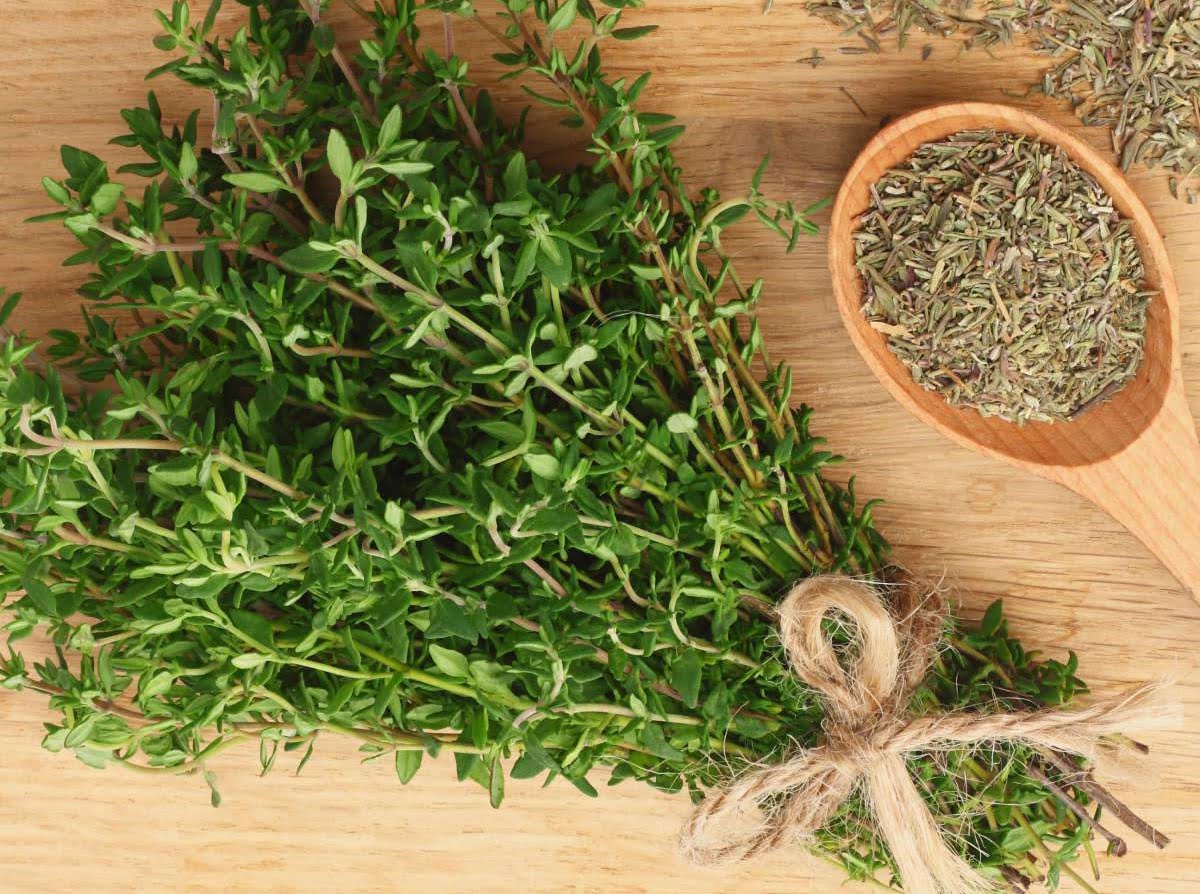
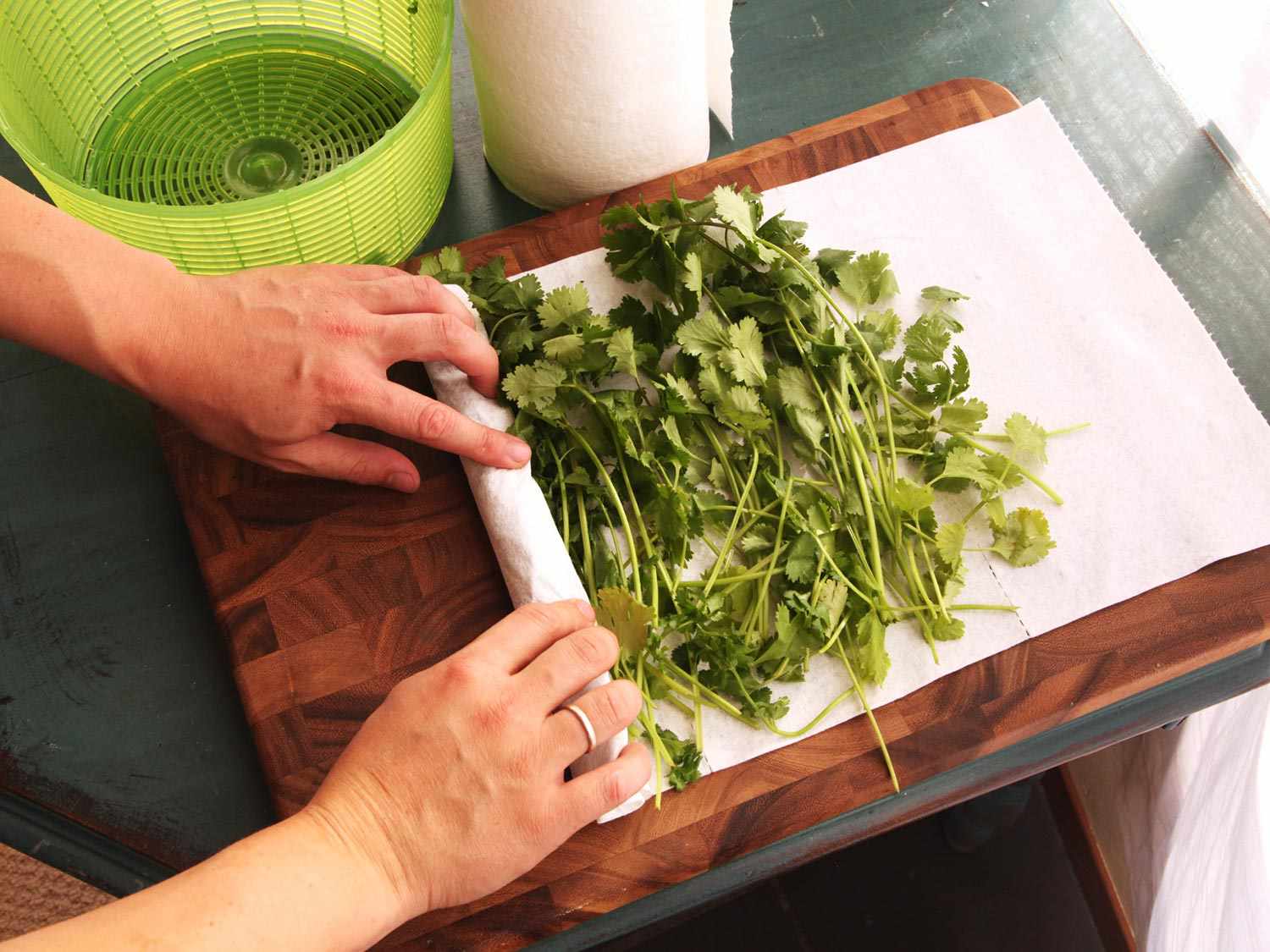
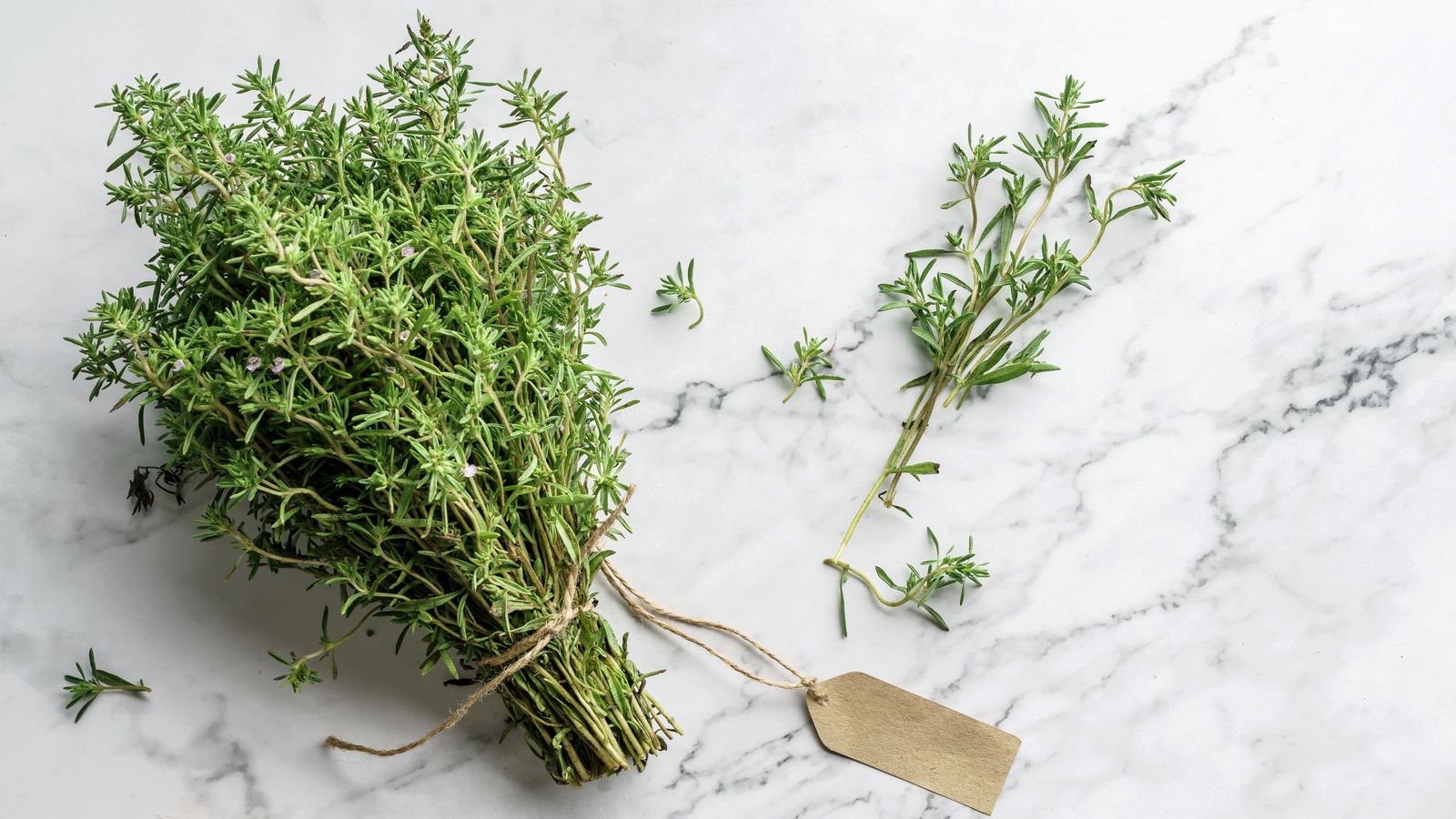


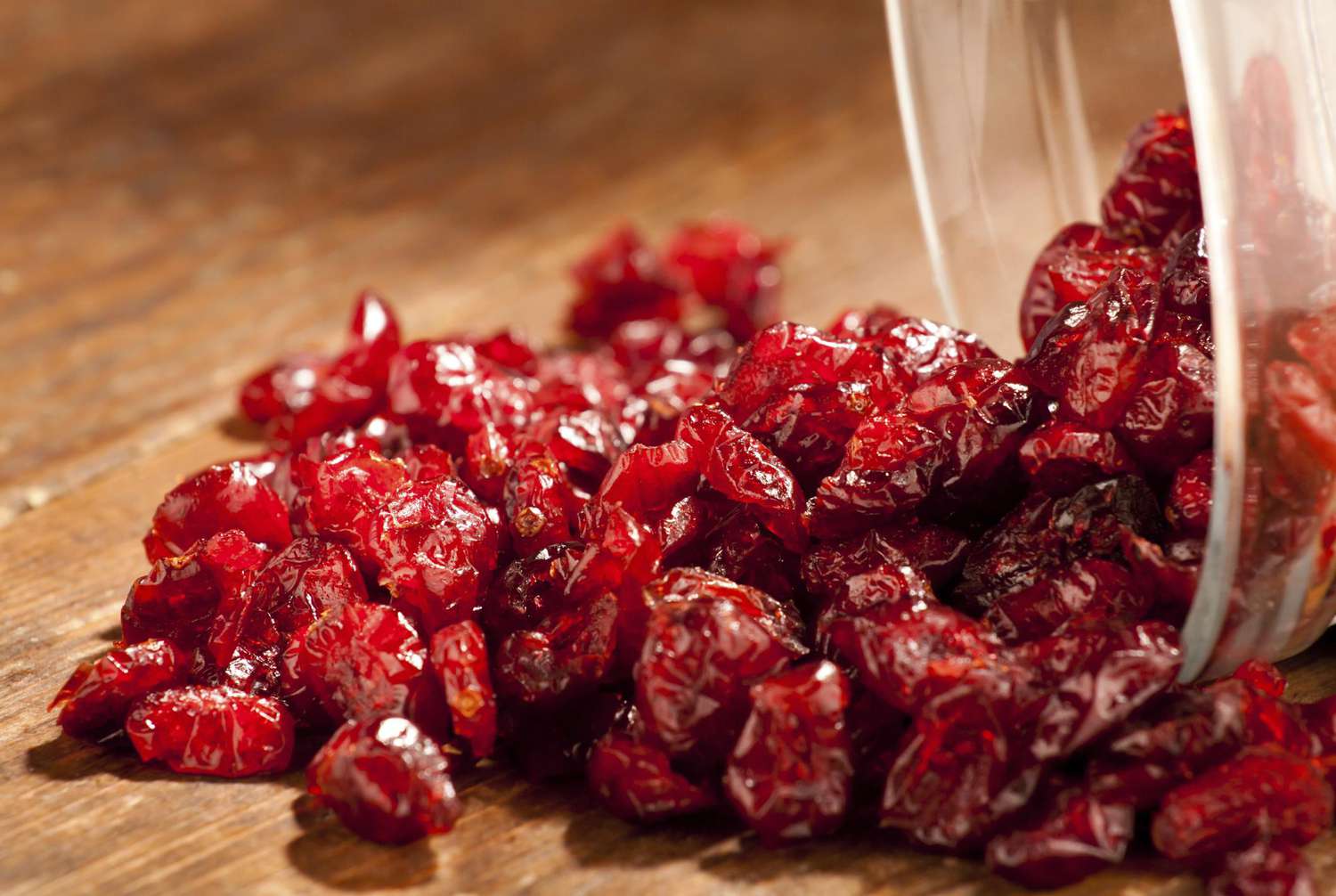
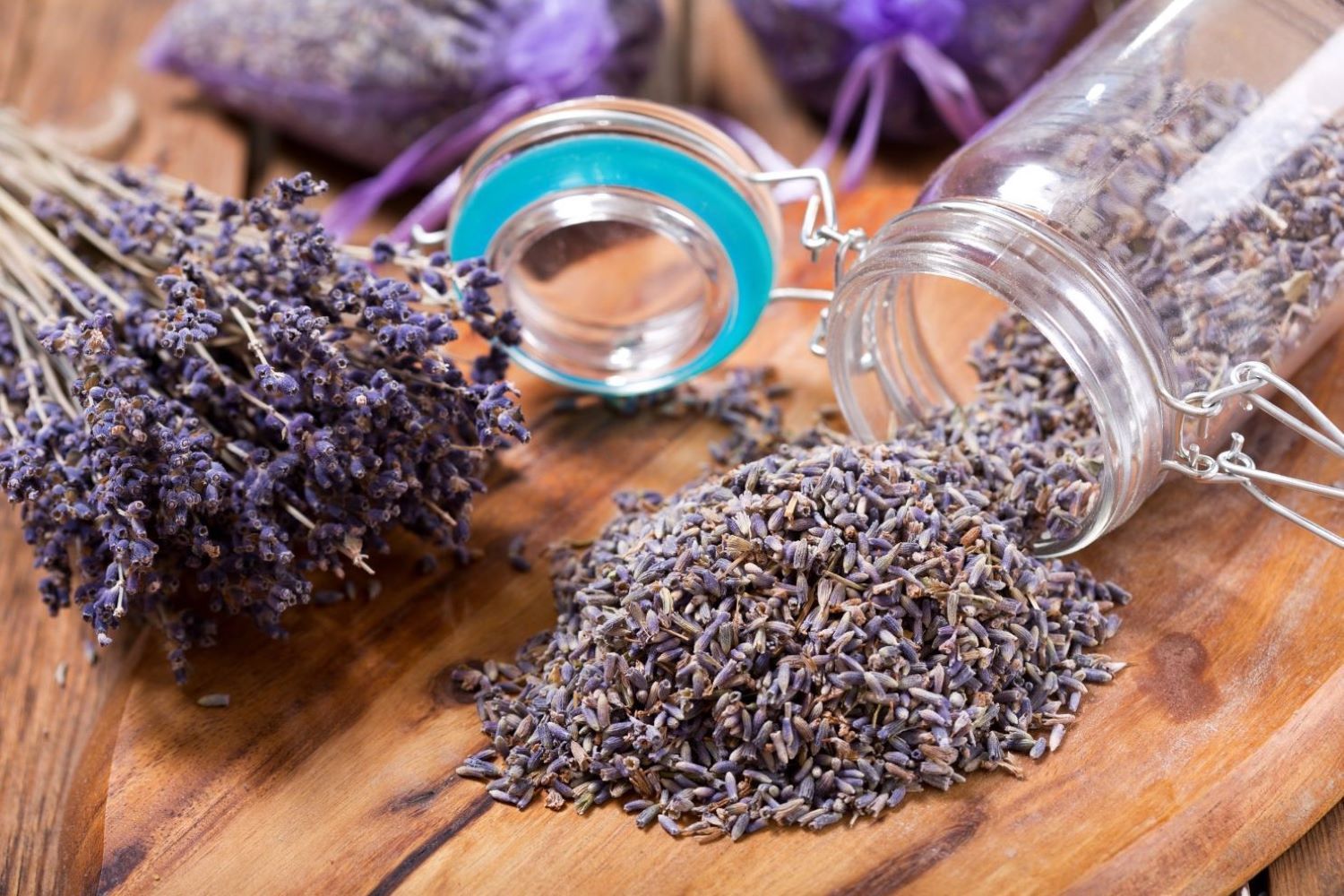

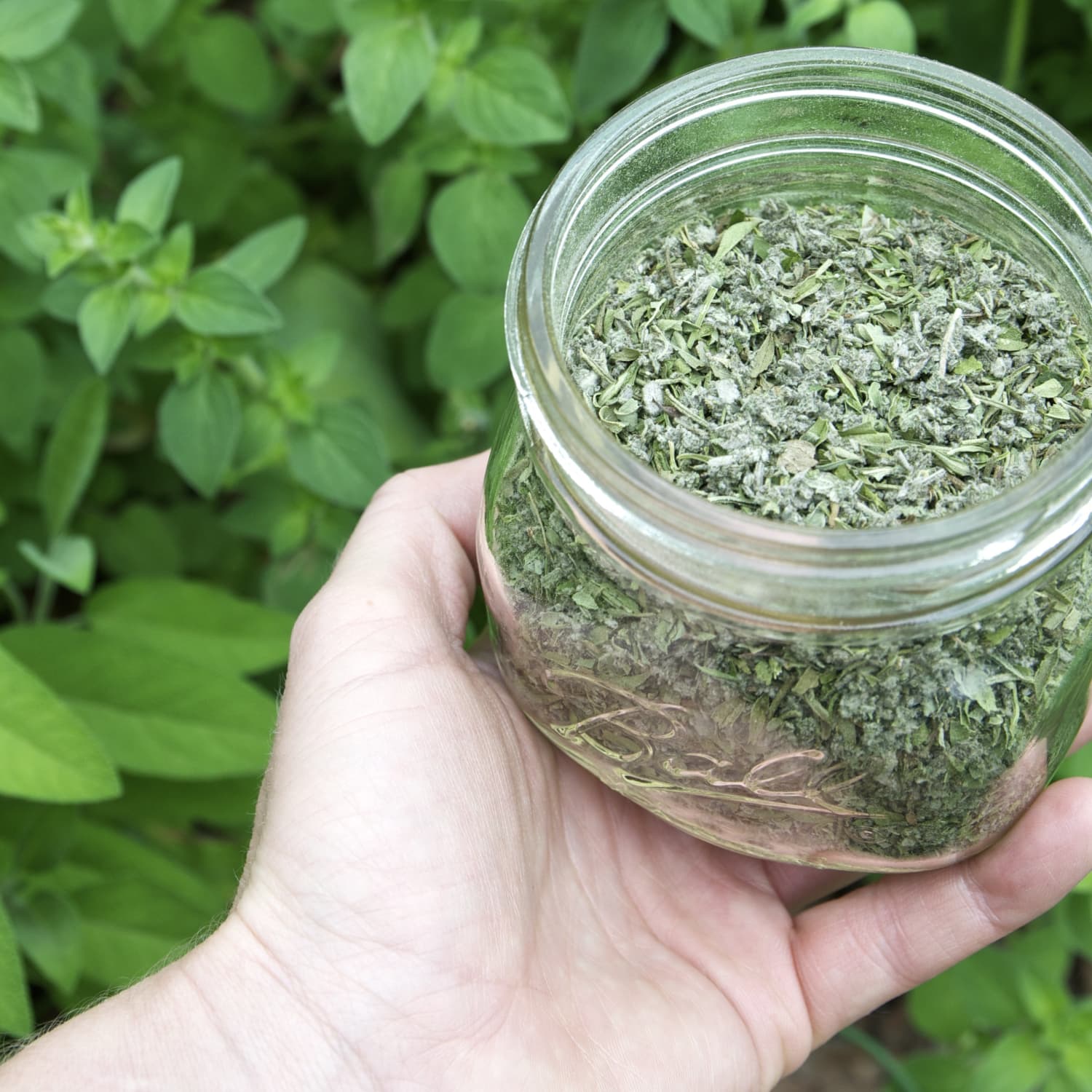
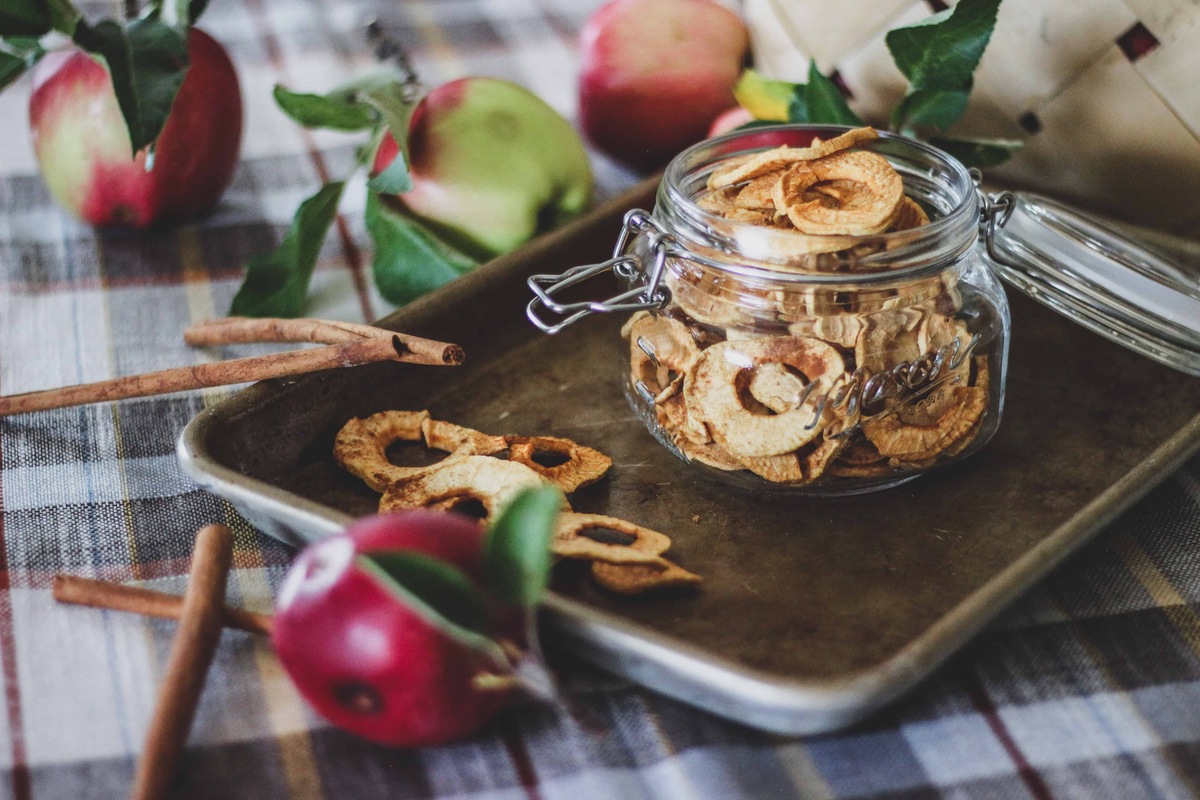
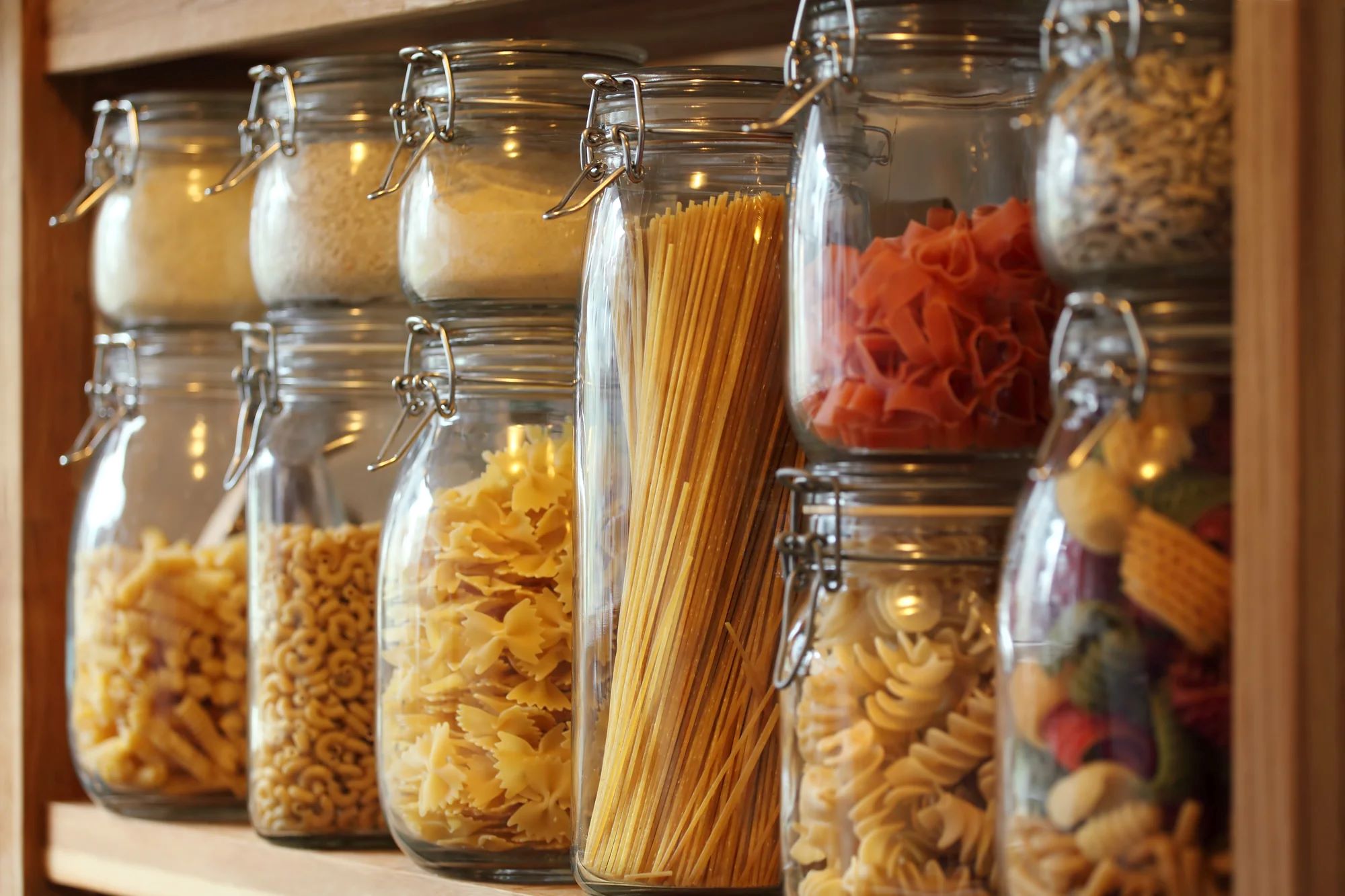
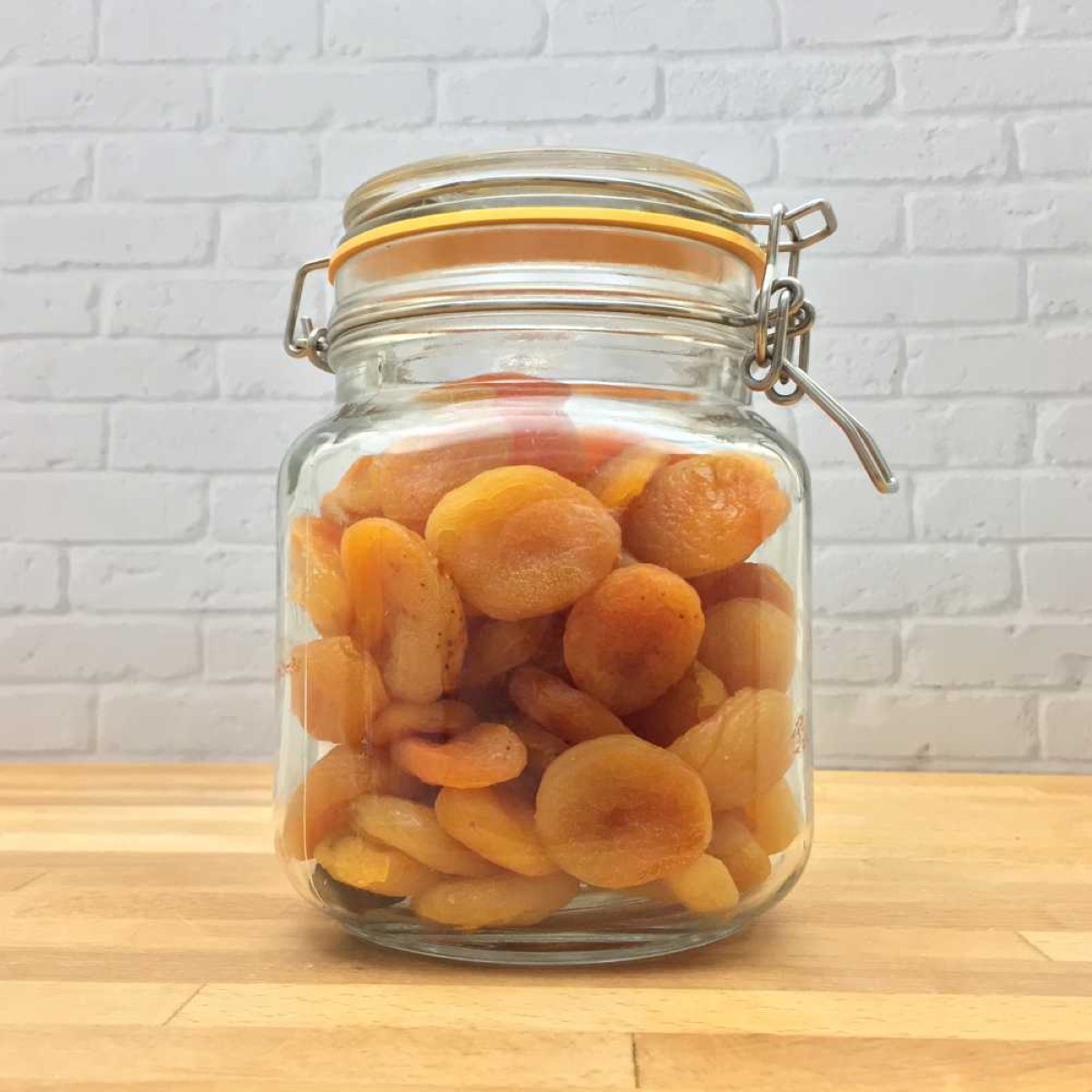
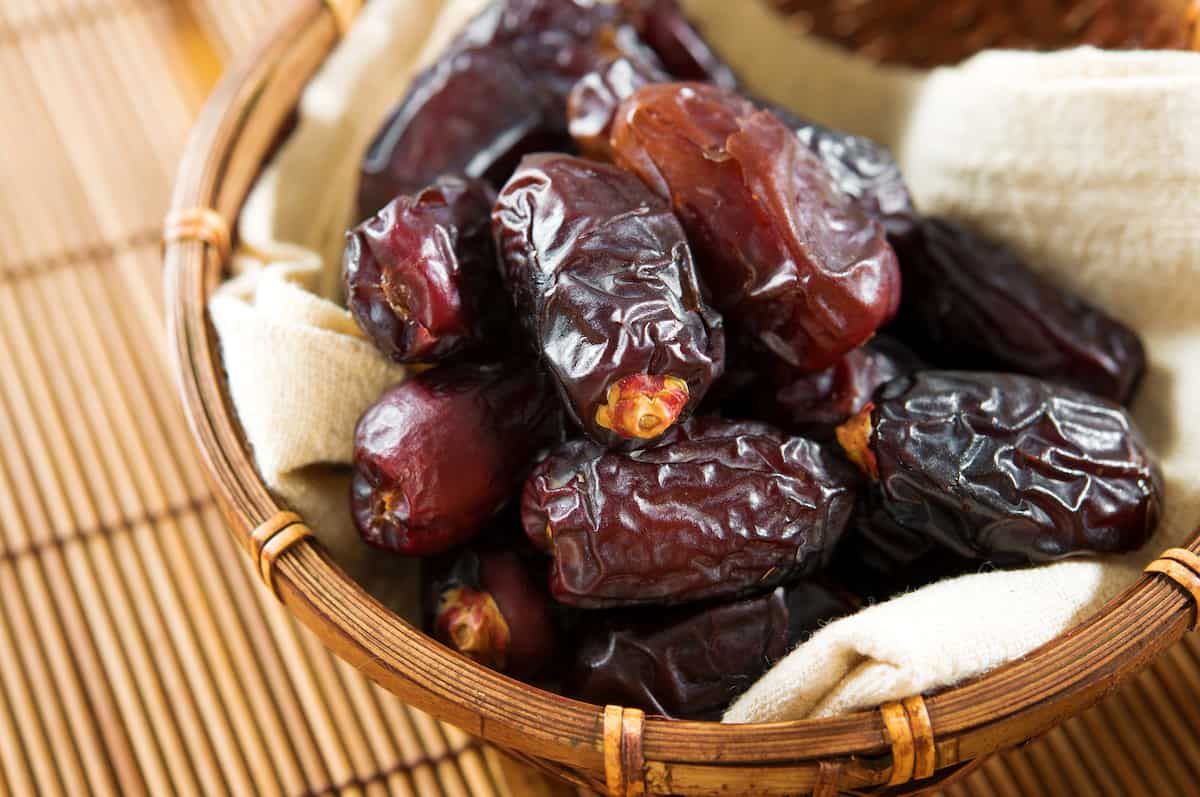

0 thoughts on “How To Store Dried Thyme”